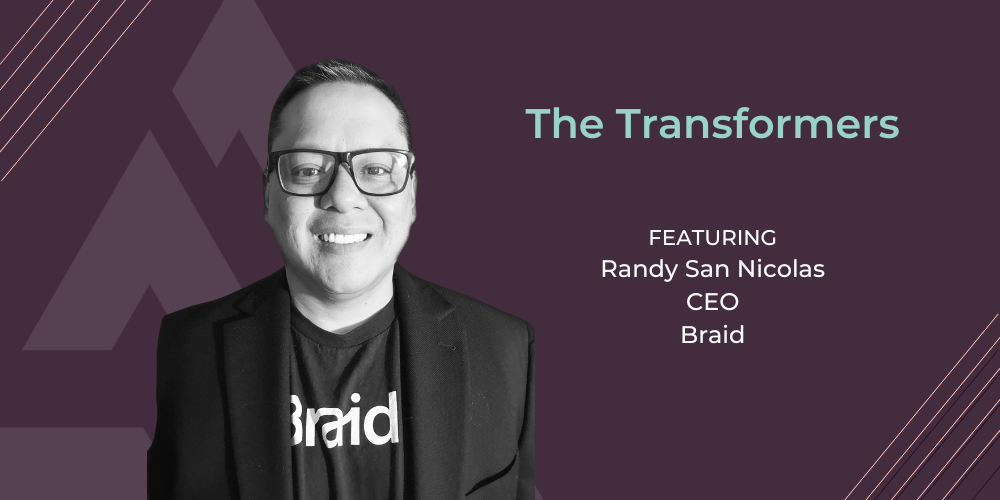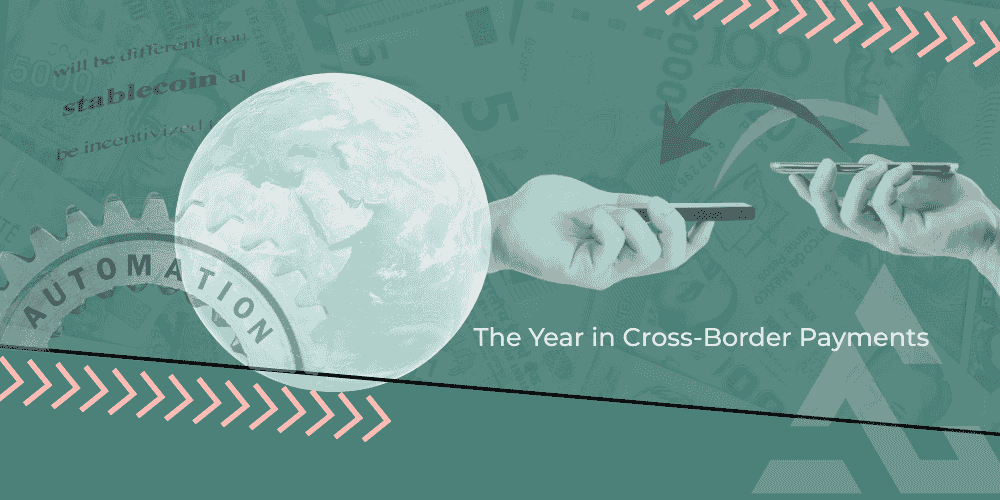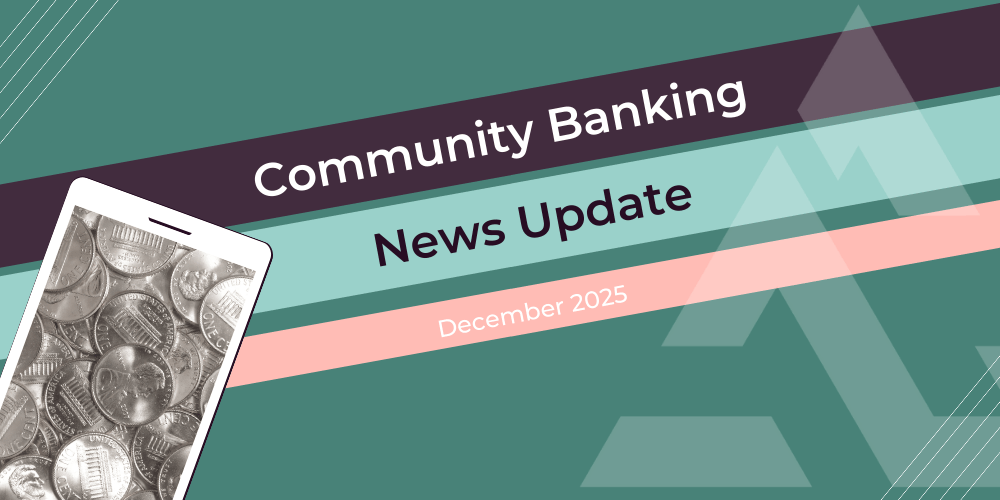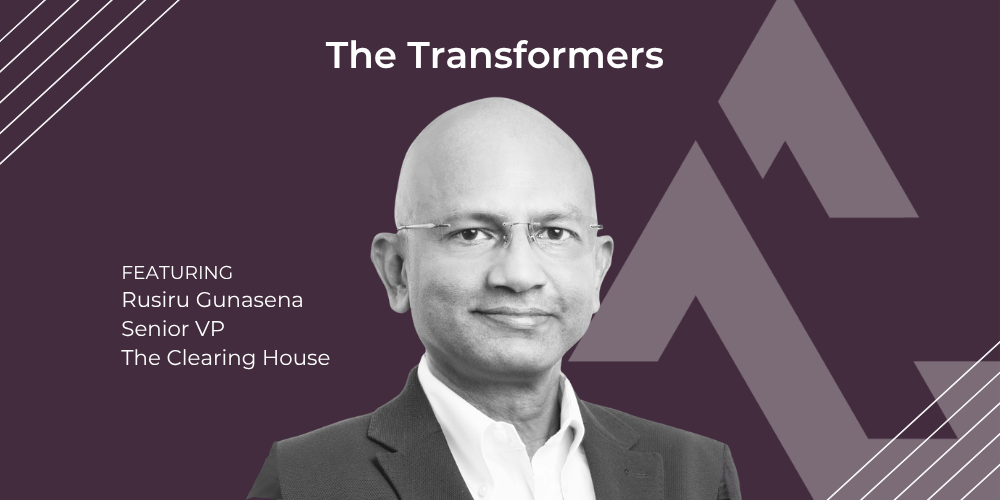The Year in Cross-Border Payments and Correspondent Banking
International wire automation, stablecoins, wallets, and AI reshape global money movement What a pivotal year in cross-border payments. No one...
4 min read
 Daisy Lin, Head of Marketing, Acceleron
:
7/2/25 10:40 AM
Daisy Lin, Head of Marketing, Acceleron
:
7/2/25 10:40 AM

Randy San Nicolas is the co-founder and CEO of Braid, a company on a mission to help community banks turn on fintech programs through payment infrastructure that’s fully owned and controlled by the bank. We also found out that he has a discography of original songs. For Randy, these two pursuits aren’t at odds; they combine insights, creativity, and execution.
A veteran of the payments space with more than two decades of experience, Randy has a career that spans launching one of Guam’s first electronic payment processing businesses, building early banking-as-a-service platforms, and founding multiple San Francisco Bay Area startups, and now Braid.
We caught up with Randy to discuss why community banks are closer to being fintechs than they think, and how Braid’s new partnership with Acceleron is helping banks monetize global payment flows quickly.
Actually, they do. When I write a song, I treat it like a sprint. A song has structure: an intro, verses, a chorus, maybe a bridge, and I fill it in piece by piece. I even use Trello to organize it. It becomes a process of structure and creativity, which is also how I approach running a company. There's tension between order and innovation, and I find that space fascinating.
A big part of it is courage. Just like putting out a song that might flop (disclosure: all my songs flop but that’s not the point, ha!), building a product or launching a company means facing doubts. But you have to trust your instincts, rooted in empathy, and then map that to data points. That’s where the magic happens, where your humanity meets the metrics.
I started in Guam in the late ’90. I launched a company that ended up managing payments for the government, utilities, and tax agencies. That led to a small exit, then to the States, then to working with a tiny bank in South Texas to issue prepaid debit cards. From there, I joined another entrepreneur who had bought a bank in Kansas. That project became, in many ways, the first version of banking-as-a-service. By 2012, we were in the cloud. That’s when it hit me: small banks could do so much more. The seed for Braid was planted right there.
Braid is a payment infrastructure company built specifically for community banks and credit unions. We help them launch fintech sponsorship programs, onboard digital payment services, and start earning fee income fast.
It’s a culmination of 20+ years in fintech and community banking. Over the years I kept seeing smaller banks enabling billion-dollar unicorns, while staying on the sidelines. With tech more accessible, I thought, why not help banks look more like tech companies?
So we built Braid to achieve that. It’s a sidecar core, a ledger that sits alongside a bank’s primary core. No need to rip out their main core. We deploy it into a separate environment, with its own routing number, and all the digital activity happens there. The retail side stays untouched, and at the end of the day, the two cores reconcile at the general ledger level. It’s fast, accessible, and designed so even a $50 million bank can do something meaningful.
It’s about eliminating paper walls and empowering the underdog. These institutions have so much potential; they just need the right tools. One of our customers was recently named the fastest-growing bank in their state. All we did was provide the software. The real change came from them deciding to embrace what their charter could be: a distribution platform for fintechs.
Every fintech needs access to payments and deposits. Community banks already have Fed accounts, access to wires, and more, they just need a modern way to expose those services. That creates fee income and low-cost deposits without expanding branches. It’s like leaving the village to hunt when the local resources are scarce.
We deploy software into the bank’s environment, so they become the fintech. We’re giving them the tools to own the relationship, the infrastructure, and the revenue.
It starts with shared values. When I met Damon [Magnuski, CEO of Acceleron] in Boston, we connected immediately over the dissatisfaction with the status quo. When I saw Acceleron making FX and cross-border payments accessible to smaller banks, it aligned perfectly with Braid’s mission of creating new fee income opportunities.
Our partnership means that with a simple integration, Braid banks can offer outbound international wires via a single API. Instead of relying on the beneficiary’s correspondent bank to do the currency conversion, and making no money, our banks can now bring FX services in house and monetize those flows directly.
For example, one of our Braid banks is processing over $200 million a month in outbound wires. Today, they make nothing on the FX because the beneficiary’s correspondent bank captures all the spread. With Acceleron, they can take the same volume and convert it into real foreign exchange revenue for banks. It’s like finding a treasure chest that’s been sitting under your nose all along.
[Laughs] I actually have! I once wrote a song about a payments product called Pay Me Tenderly. It was a joke, but a fully produced song. I’ve got constant jingle ideas. If I ever release a fintech album, you’ll be the first to know.
Contact us to discuss how to bring FX in house:

International wire automation, stablecoins, wallets, and AI reshape global money movement What a pivotal year in cross-border payments. No one...

New rules, no pennies, and next-generation rails: this month’s biggest banking news As the year winds down, the industry isn’t slowing. The Fed is...

The SVP, Head of Business Development for Service Providers at The Clearing House talks instant payments, bourbon, and fraud. When you talk to...